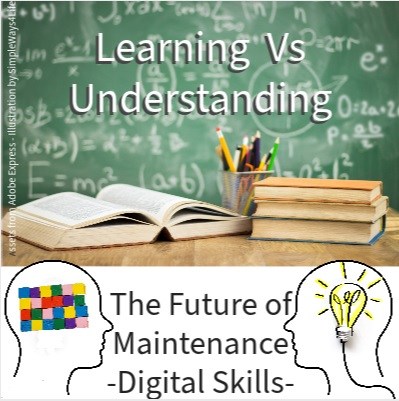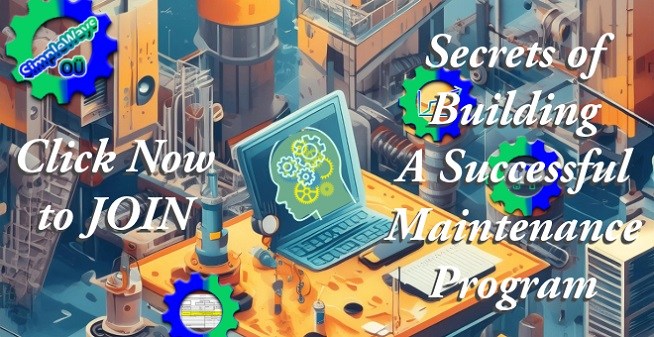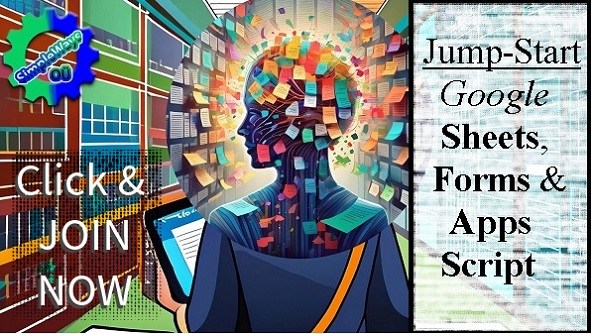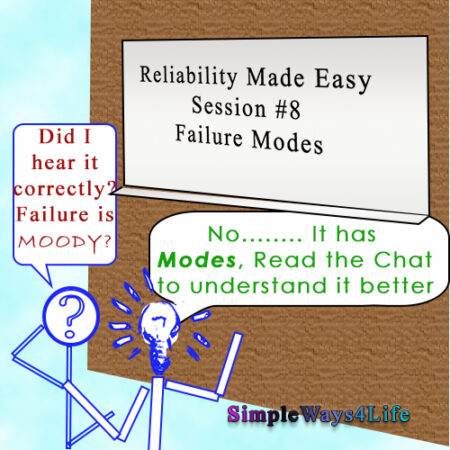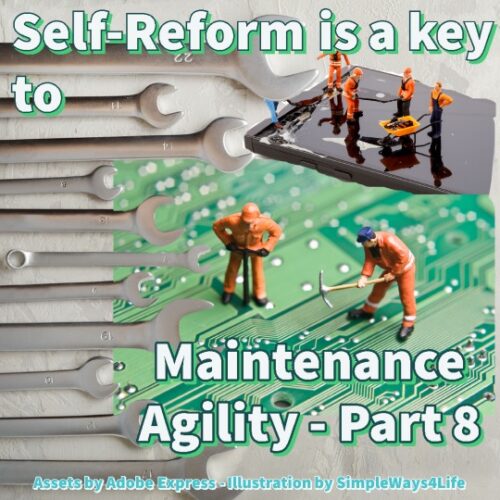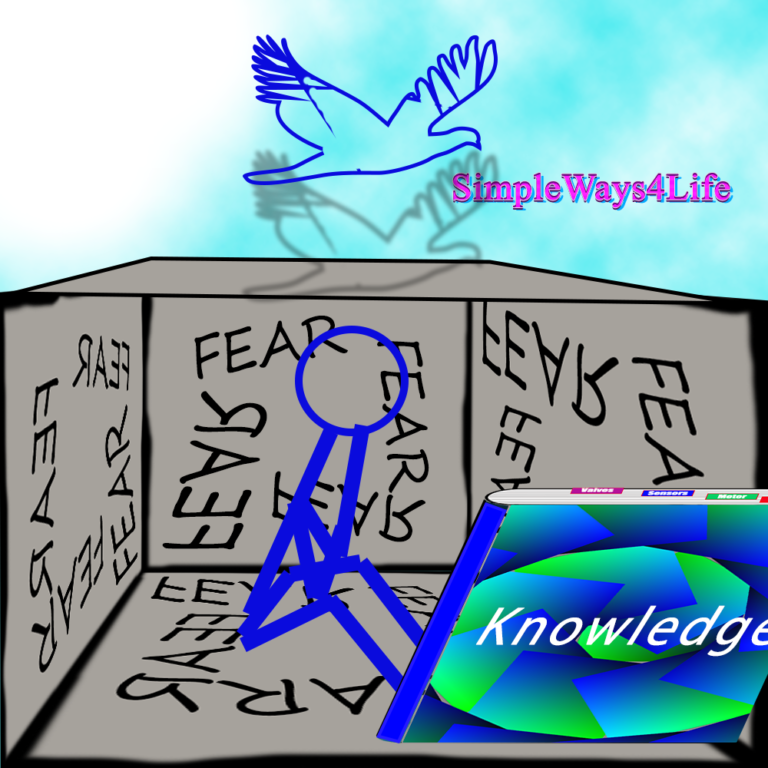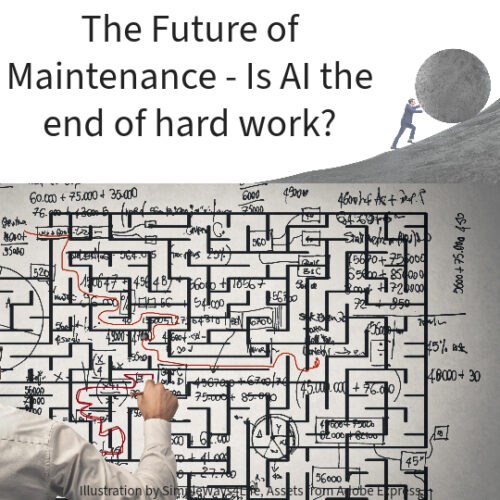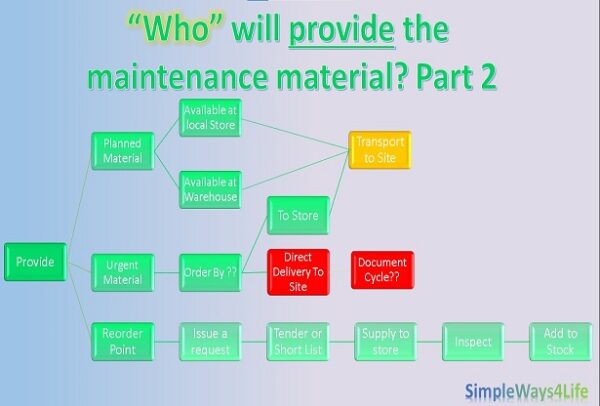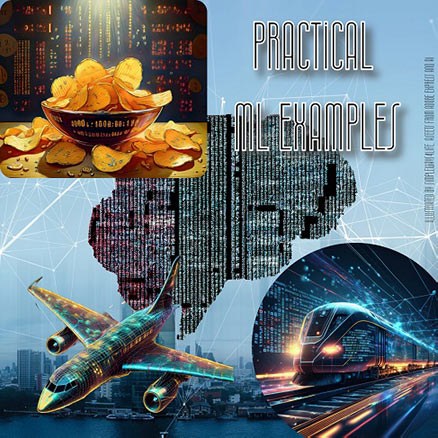We are used to say that we are learning new skills. So, why digital skills need understanding not only learning? Is there a difference between learning and understanding? Are these differences between learning and understanding related only to digital skills? let’s delve deeper to gain more knowledge about the subject.
Digital skills are the ability to use technology to find, evaluate, create, and communicate information, solve problems, and manage tasks. They are essential for success in today’s connected economy and society. This connectivity relies on digital skills and competencies. Even the new version of the manufacturing plants are using digital manufacturing which relies on the IIoT -Industrial Internet of Things- that connects all equipment and sensors to a one big network.
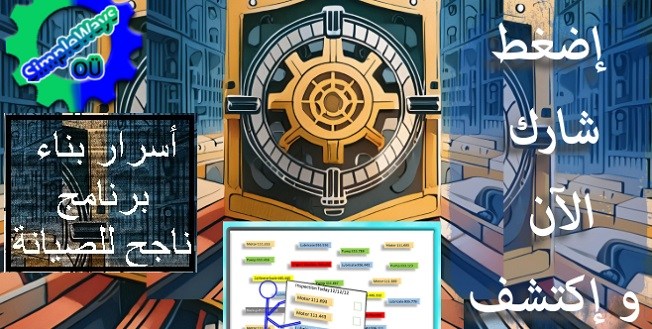
BESTPRICE-ENDS-06FEB
Types of Digital Skills
There are many different types of digital skills. We listed below some of the most important digital skills. You might find some of these skills have obvious connection to maintenance. Specially if you consider that most of today’s activities involves the utilization of digital tools. The digital tools used by maintenance fell in two main categories. Either measuring and testing tools or data logging and retrieving.
- Basic computer skills, such as using a tablet or a keyboard and mouse, navigating the internet, and using basic software programs.
- Information literacy skills, such as finding, evaluating, and using information effectively.
- Problem-solving skills, such as using technology to solve problems in a creative and innovative way.
- Critical thinking skills, such as analyzing information and making informed decisions.
- Online communication skills, such as using email, social media, and video conferencing.
- Teamwork skills, such as working with others to achieve common goals using technology.
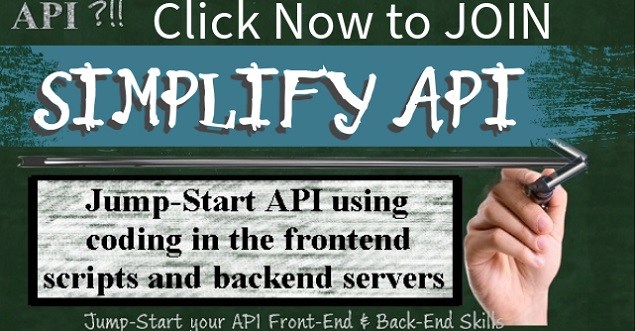
BESTPRICE-ENDS-06FEB
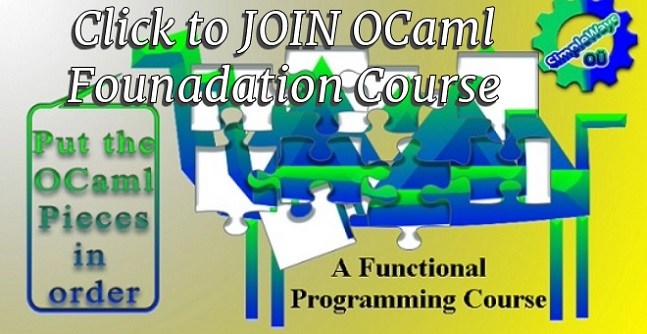
BESTPRICE-ENDS-06FEB
How it looks like when you learn a digital skills?
Digital skills can be learned in a variety of ways, including through formal education, online courses, and on-the-job training. There are also many online resources available to help people learn digital skills.
Digital skills are essential for success in today’s world. They can help people find jobs, communicate with others, learn new things, and solve problems. If you are not already proficient in digital skills, there are many resources available to help you learn. You can start by visiting our online training @ Maintenance & Digital Skills trainings.
But we need to start a little bit earlier: what is a skill? A skill is something that you can make at a competence level. In other words, you can compete with others who can do the same job. Competence is measurable. So you measure competence in speed, quality, cost or other factors.
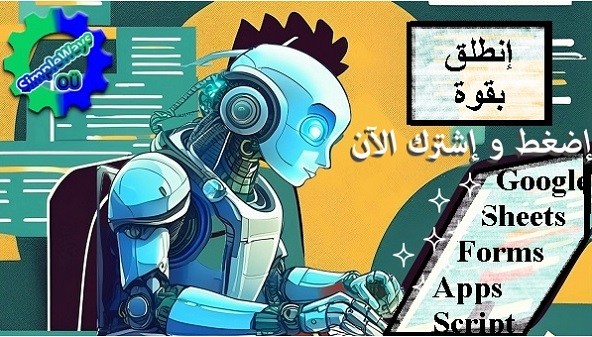
BESTPRICE-ENDS-06FEB
One of the other confusing definitions here is quality. Quality is meeting the requirement. So when you compare a piece of work against the requirements of such work and they are found matching then you this work is a quality work. As requirements vary then quality varies. So, there is no unified definition of the quality of something. So when you are skilled at some job then you can compete with others doing same job or at least you will meet the requirement of that job so you are doing it with quality.
Learning, understanding and Knowledge
Standard definition of learning is that it is the process of acquiring new understanding, knowledge, behaviors, skills, values, attitudes, and preferences.
If we reflect on our reality, you can see that learning can be acquiring new skills. But it is not always encompassing the understanding. So, learning is knowing that to do this I need to do that first or after doing this, I need to do that also.
Understanding is knowing or having the knowledge of why I need to do this and why I need to do that then this or vice versa.
Knowledge is gained after experiencing what I have learned. Whether mentally through a stream of thought or answering some questions. Or, physically through practicing what I had learned consciously and leveraging my understanding for what I have learned through experience gained from practice. However experience or knowledge are local. In other words, they are closely related to the practice through which you gained this knowledge or experience. Generalization is what makes this experience global. Generalization is like abstraction. You formulate a set of rules that you can apply in situations different from the situation where you gained this experience or different from the context through which you gained this knowledge.

BESTPRICE-ENDS-06FEB
Then how to link digital skills, learning and understanding?
So if we return to our topic about digital skill. Learning a skill might let you know theoretically or even practically what you can do and the sequence of the steps to solve this problem. Unfortunately, many of the current learning sources we have might not encompass understanding of why you do this and why this sequence is important. Finally, learning a skill encompass practicing it till you reach a competence level in it.
So to gain a digital skill, you need to learn about it, practice it and, understand why you do this or that. This will enable you to do better or even consciously try doing it different in the next time or even in different contexts. So, whatever source you use to learn a skill, if it tells you what to do without why you do it, this source won’t take you to the skilled level in this niche you want to learn.
I recommend you to start by choosing to reach the understanding of what you are learning or doing. But, this might not happen instantly when you start learning this skill.

BESTPRICE-ENDS-06FEB

BESTPRICE-ENDS-06FEB
When starting we are restricted by the worry of the new starts. We don’t know where to click, how to stand correctly or what to write in this field. But this usually won’t take time maybe few days or weeks. Then, after successfully doing the task for the first time, do you understand all what you have done? That’s when you return back and try to understand as much as you can of what you had done. It is you whom has just done successfully but the worry and stumbling we feel when do something for the first time won’t let us comprehend what had happened. Later on or in next trials you can have a better chance to understand in case you want to.
Then how to link digital skills, learning and understanding?
So if we return to our topic about digital skill. Learning a skill might let you know theoretically or even practically what you can do and the sequence of the steps to solve this problem. Unfortunately, many of the current learning sources we have might not encompass understanding of why you do this and why this sequence is important. Finally, learning a skill encompass practicing it till you reach a competence level in it.
So to gain a digital skill, you need to learn about it, practice it and, understand why you do this or that. This will enable you to do better or differently in the next time or even in a different contexts. So, whatever source you use to learn a skill, if it tells you what to do without why you do it, this source won’t take you to the skilled level in this niche you want to learn.
I recommend you to start by choosing to reach the understanding of what you are learning or doing. But, this might not happen instantly when you start learning this skill.

BESTPRICE-ENDS-06FEB
When starting we are tangled by the frustration of the new starts. We don’t know where to click, how to stand correctly or what to write in this field. But this usually won’t take time maybe few days or weeks. Then, after successfully doing the task for the first time, do you understand all what you have done? That’s when you return back and try to understand as much as you can of what you had done. It is you whom has just done it successfully. But the worry and stumbling we feel when do something for the first time won’t let us comprehend what had happened. Later on or in next trials you can have a better chance to understand in case you want to.
In Conclusion,
Although learning is formally defined as understanding new things, it is mostly limited to the knowledge of how to do the new things. Once you managed to solve the problem and reach the correct answer, you are considered as trained for this task. Regardless of how many times you succeeded in doing the same task again and again, without the understanding part, you will find a difficulty in performing same task out of the context where you learned it in the first place. On the other hand, understanding the new skills we learn and why we do every step will allow us to expand our application context and to leverage our skill level.
If you feel you need help with any of these ideas we discussed, request a Management Consultancy or Coaching Services From our Store

